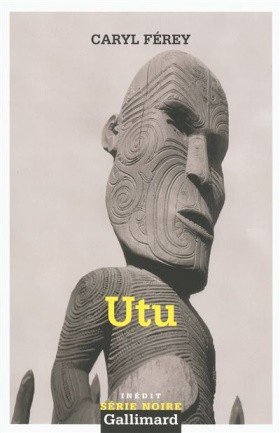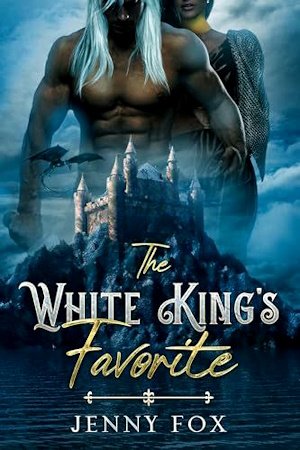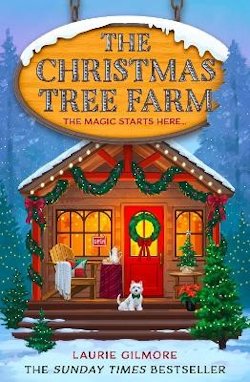Amelia looked down at the small heap of sand she had been mechanically amassing. “Do you think Zinzan Bee was Kirk’s accomplice and that he’s still removing bones from his victims, like Joanne Griffith, and still benefiting from the same protection?”
“Something like that.”
“What’s the connection with your burglary case?”
“Among his other activities, Melrose writes novels, historical sagas that could be called revisionist, and might well have caused animosity in some of the Maori community. Melrose also collects primitive artworks. The hatchet stolen from his house used to belong to an old chief of the Ngati Kahungunu Tribe. Zinzan Bee is a member of the same tribe.”
“Does that make him a suspect?
“It makes him my lead. Joanne Griffith’s killer knew her habits, just as he knew the habits of the Melrose family.”
“Maybe,” Amelia said, “but surely there has to be a motive, or a reason for all this? If the killer had a grudge against both Griffith and Melrose, why just steal a hatchet from Melrose? The man was sleeping upstairs. He could easily have killed him.”
Osborne planted his cigarette butt in her sand pile. “In any case,” he said, “the bodies found in Kirk’s mass grave were connected with the investigation that Fitzgerald was carrying out, all except one, the body of Samuel Tukao, a lawyer in Magonui. His body has only just been identified. He disappeared two months before the mass grave was discovered, and he was tortured to death. But I seem to be the only one who finds that unusual.”
Amelia kicked the cigarette butt away from her sand pile. “You think Griffith was murdered and no one wants to talk about it?”
“That’s the kind of thing I’m wondering,” he said.
“Why?”
“That’s also the kind of thing I’m wondering.”
“I don’t understand.”
“Neither do I.”
A mother and her children were ordering ice creams at the fast-food stand.
Osborne searched in his jacket pocket, and took out a plastic sachet. “Can you run a test on this for me?”
Amelia peered at the sachet: three hairs, black this time, stuck together by what looked like congealed blood.
“Where did you get this?”
“That’s what I’d like to know.”
Beneath his air of mystery, Osborne seemed suddenly weak.
“In other words,” Amelia said, “you don’t know anything about the cases you’re conducting but you’re asking me to take care of everything?”
“No one’s forcing you, it’s just a request.”
“It comes to the same thing,” she said, her catlike eyes fluttering in the breeze.
Osborne hoisted himself to his feet. “Not a word to anyone about this, all right?”
She pocketed the mysterious sachet and also stood up. “Don’t you trust Moore?” she said, brushing the sand off her pants.
“He works hand in glove with Gallagher.”
“Who you don’t like either.”
“No,” Osborne admitted.
“What about Timu?”
“Not really.”
“In other words, you don’t like anyone.”
“Yes, you. I like you.
The wind from the sea pushed him towards her. Amelia really had a pretty body, and such gentle manners . . . Osborne gave a tense smile, as if fearing to reopen his wounds. “See you later.”
* * *
His mind full of foreboding, Osborne drove to New Lynn. The painkillers had alleviated his migraine but he wasn’t feeling any better. He had woken up in a room literally torn to pieces, with the cat sliced up in the bathtub, blood on his clothes, and a bullet missing from the cylinder of his .38, the girl he had spent the night with had just been found murdered near a disused sawmill on the other side of town, and there were about six hours he couldn’t account for. He was sure, though, that he had left his revolver in the room. What had happened to the missing bullet? If he’d come back to the hotel after the party, why had he gone out again? To kill Ann Brook?
There were all kinds of fleeting images in his head, but he couldn’t tell if they were actual memories. He saw a fence, an area of waste ground, a ditch, that horrible thing at the bottom of it, the sense of threat, the panic. And this smell of toxin-drenched sweat in the Chevrolet—was it the smell of a murderer?
Marshall & Bros. A sign on a rust-colored sheet-metal fence. In the middle of the waste ground, the disused sawmill where Ann Brook’s body had been found, looking dismal in spite of the afternoon sun beating down. Osborne slammed the door and spotted the uniformed officer guarding the entrance to the site.
Journalists and onlookers had left with their little bit of excitement, leaving the New Lynn neighborhood to its humdrum routine of passing cars and weary pedestrians. The former sawmill was off the main thoroughfare, in an area that would soon become a residential neighborhood: work was due to start in one week, according to the board. Contractors: Century.

























